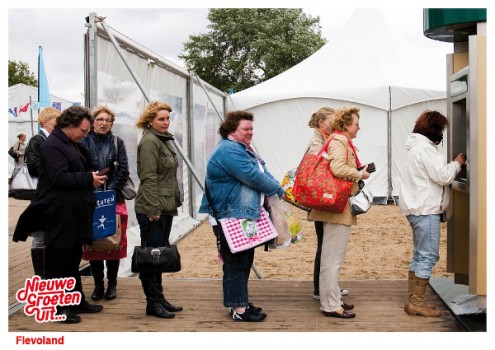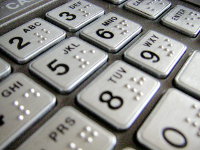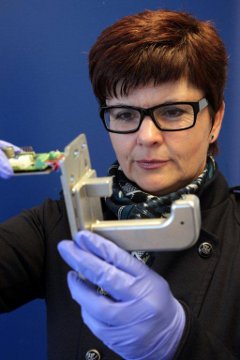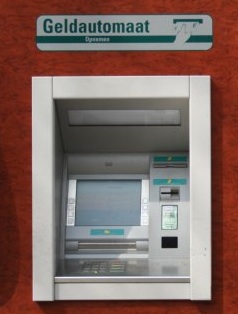
In 2009 four organisations decided it was time to reboot Dutch travel postcards, the ones containing cheese, windmills, cows, cheese, wooden shoes, cheese, cheese, tulips and cheese, amongst others. Have I mentioned cheese?
They asked the public to come up with new iconic images of the Netherlands and some 8,000 people responded by sending in photos, often reproducing, referencing or riffing off the same old icons. The resulting postcards were displayed in a travelling exhibition called Nieuwe Groeten Uit… and writer-photographer Hans Aarsman and writer Anna Woltz collected a selection of the cards in an almost-postcard-sized book of the same name.
Hans Aarsman told his publisher Nieuw Amsterdam in the video interview shown here: “You see a lot of family photography. For instance, there is picture of a father and son peeing off a boat together, taken from the back—you just know the mother took that photo. […] You [to Woltz, ed.] wrote about how people photographed their pets, believing the result to be iconic images of the Netherlands. And the funny thing is sometimes that is true.”
The Nieuwe Groeten Uit… exhibit was organised by the short-lived Nationaal Historisch Museum and by FOAM, ANP Historisch Archief and BankGiro Loterij.
(Source photo: Flickr / Nationaal Historisch Museum)

 Two students of the Eindhoven University of Technology have discovered that the least safe code for your bank card (PIN) is 2580.
Two students of the Eindhoven University of Technology have discovered that the least safe code for your bank card (PIN) is 2580. Banks like ING, ABN Amro and Rabobank refuse to fit their ATMs with special anti-skimming devices that have proven successful on ticket vending machines,
Banks like ING, ABN Amro and Rabobank refuse to fit their ATMs with special anti-skimming devices that have proven successful on ticket vending machines, 